|
Top COVID-19 Information for Canadians Health Canada Health Canada COVID-19 data updates Public Health Agency of Canada COVID-19 and Determinants of Health New York Times Canadian data map Provincial COVID-19 information British Columbia Alberta Saskatchewan Manitoba Ontario Quebec Nunavut Newfoundland New Brunswick Nova Scotia Prince Edward Island (PEI) North West Territories (NWT) Yukon COVID-19 information world-wide Worldometer COVID-19 Canadian News CBC Covid-19 -news tracker The Tyee (BC) - Coronavirus news APTN Covid-19 - news tracker Canadian News Wire - Coronavirus news CNN news - heartbreak photo Wear a mask We wear seat belts, bike helmets, have drunk driving laws, and do many other things that protect our health, the health of others, public health, and health care in general. That is, if everyone drove around drunk - killing and injuring themselves and others - this would have a terminal cost on our health care system and its workers. We have traffic rules for a very good reason. We have health and safety rules at worksites. Wearing a mask when you are out among others is a no brainer. Don't be a drunk shopper, walker, talker endangering others. Have a brain, and a heart, and wear a mask.
0 Comments
For some reason, people don't give the chemicals we breathe the same concern as the chemicals we consume in foods and beverages. This could have something to do with the massive amount of advertising aimed at convincing us to douse our homes, cars and bodies in 'nice' smelling chemicals (perfumes, colognes, air fresheners, scented candles, fabric softeners etc.).
However, all those 'nice' smells are not so nice to our health. Here's a collection of sources of information to check if you want to have control over the type of air pollution that you can actually control.
Even though music might be regarded as something frivolous, it has long been an intrinsic part of human culture. Starting from the time we are young children, some would even say within the womb, music has many benefits for our well-being. And there's increasing research showing the many benefits of having music in our lives.
How music benefits children: Advocates of music in schools have collected research showing that music and playing musical instruments helps children's language development, memory, physical co-ordination, imagination, creativity, teamwork and self-confidence. It has also been said that playing music improves math skills, but on this point, research is inconclusive. Music helps your brain: Playing a musical instrument has many beneficial effects, not just for children but for adults too: verbal memory, spacial reasoning, faster neural responses, and literacy skills are all enhanced by learning music. It has also been shown that music is helpful for people with Parkinson's and those recovering from strokes. How music benefits seniors: Music training is considered a possible effective way to protect brain function from cognitive decline but more research is needed. Other studies have shown that people even with severe Alzheimer's Disease "are able to learn and play novel songs". In First Nations and Indigenous communities, drumming has also been linked to health: "Results of the qualitative analysis show that the Aboriginal women’s involvement in hand-drumming circles has many health promoting benefits and builds on strengths already existent within their community." Music makes people of all ages happy, gives them relief if they are burdened by stress or sadness, and provides skills and accomplishments when learning to play a musical instrument. In short, music boosts health and well-being. Music is medicine, just not the kind that comes from the pharmacy. Here's a video that summarizes what's going on in your brain when you listen to music:
Sources:
National Association for Music Education 2014 http://www.nafme.org/20-important-benefits-of-music-in-our-schools/ National Association for the Education of Young Children 2012 (PDF): https://www.naeyc.org/files/yc/file/201201/Geist_Patterns_of_Music_Jan012.pdf Research paper "Music as a Memory Enhancer in Patients with Alzheimer's Disease" https://www.ncbi.nlm.nih.gov/pmc/articles/PMC2914108/ Interested in learning more? This is Your Brain On Music (book by Daniel Levitin ) Brainpickings 2015 (article) The Guardian 2016 (article) The Overdose Prevention Society is a grassroots group that formed quickly to take immediate action to save lives. Their volunteers have CPR and Narcan training and are experienced in saving lives. They set up a pop-up harm reduction overdose prevention tent in a alley in Vancouver's Downtown Eastside (DTES). They see over 100 people a day, and save lives every day. They need $100 dollars a day for supplies, tents volunteer training, and cleaning. You can support their crucial work at their GoFundMe.com page. They state: "We cannot, will not wait for government help."
MedEffect Canada provides patients and health professionals a way to report adverse drug reactions and learn about new safety information. Report online or phone Health Canada ---1-866-234-2345 (toll-free).
RxISK.org is a free, independent drug safety website to help you weigh the benefits of any medication against its potential dangers. Their goals are to educate and patients to enable them to have better conversations about medication with their doctors and also to collect data on the unintended consequences of prescription medications and draw attention to those problems. DrugWatch.com is a US website that helps lists prescription drug and medical devices class action lawsuits. Sponsored by a U.S. law firm that specializes in "mass torts and complex litigations where consumers were injured by the wrongdoings of large corporations." Learn about how antibiotics (use and overuse) can negatively affect the gut microbiome at SynergyNutrition.ca and get tips on how to improve microbiome health (essential for our overall wellbeing). Learn about prescription drug and pharmaceutical industry problems from Alan Cassels who writes for Common Ground. 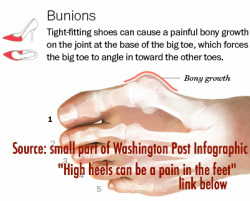 IMPORTANT UPDATES - LAWS CHANGED IN 2017 2018 - Alberta employers no longer allowed to mandate high heels in the workplace. 2018 - (BC) Restaurant workers choosing sneakers over high heels. "I’m surprised it took so long for this law to be put into effect." 2017 - BC Bans mandatory high heeled shoes in workplaces. "...there is also a positive human rights consideration addressed by the changes given that men are typically not subjected to the same uncomfortable footwear expectation." 2017 - BC amends footwear regulations. Employers can no longer force workers to wear footwear with a design, construction or material that inhibits the worker's ability to safely do their job. In addition, employers must consider slipping, ankle protection, foot support, muscle or bone injuries, and electrical shock when considering mandatory footwear. New Worksafe BC rules: https://www.worksafebc.com/en/health-safety/education-training-certification/apprenticeship-programs/trades-topics/footwear LAWS HAVE BEEN CHANGED - ARCHIVED INFO BELOW - NEW INFO ABOVE 2014 - Some restaurants and other facilities have minimum heel heights for their female serving staff even though working in high heels can cause serious foot, ankle, knee and back problems. High heels are designed for fashion, not work-place safety. Consider: if carriage horses had to wear painful horse shoes causing injury and disability, there would be outrage, boycotts and animal cruelty charges. Women working on their feet all day in high heels should be viewed with the same alarm as if we saw construction workers wearing high heels on a job site. This is what Worksafe BC regulation 8.22 says about safe footwear in the workplace: "A worker's footwear must be of a design, construction, and material appropriate to the protection required [taking into consideration] slipping, uneven terrain, abrasion, ankle protection and foot support, crushing potential, temperature extremes, corrosive substances, puncture hazards, electrical shock and any other recognizable hazard." Read full Worksafe BC 8.22 regulation. Employers must also take into account their workers safety under Division 3-115 of the BC Worker's Compensation Act: "General duties of employers 115 (1) Every employer must (a) ensure the health and safety of (i) all workers working for that employer" If restaurants refuse to follow Worksafe regulations to protect women servers from injury and prevent long term disability and health problems, this means any employer is free to ignore any safety regulation whenever it suits them. There are many hazardous jobs, but health and safety regulations aim to minimize those hazards, often by prescribing protective clothing or equipment. Requiring female serving staff to wear dangerous, painful and injurious footwear does exactly the opposite: it maximizes the potential for hazard and harm. Falling down stairs while carrying heavy plates of food should not be considered a normal part of anyones workday. High heels are such an obvious work hazard that only a sadist could fail to recognize this. In what other job are workers purposely put in pain while also expected to smile and act cheerful? "Pointed toes and high heels are particularly inappropriate for working footwear." Government of Canada, Canadian Centre for Occupational Health and Safety Fact Sheets. High heels cause and contribute to the following conditions:
Conclusion: Harm from heels is minimized and is thought of as being an acceptable risk -- especially because high heels are a popular fashion fad for women even though heels were originally only worn by only men and after that by women to show they were a member of the leisure class (2). However, harm from heels should not be thought of as an acceptable workplace risk, not just because it violates and make a joke of work safety regulations, but because the harm can accumulate slowly. After working for a certain number of hours wearing heels, it is certain there will be a loss of function in your feet, ankles, knees or back. Loss of mobility has serious long term impacts but young women when they are thinking about the need for income to pay off student loans, or providing income for their children, cannot afford to worry about long term costs to their health and mobility. And if they are aware of the harm, as Amy Tuckett states in her interview about this issue, "servers don't want to stir anything up or they may be fired." (1) The question that needs to be asked: If health and safety regulations for women servers are ignored, should all health and safety regulations be ignored? And second: What century are we in? More information on this issue:
BC Ministry of Labour Restaurant Employees Fact Sheet regarding:
Related Links:
Quotes from online discussion on restaurant clothing and footwear requirements: "[Two] girls just went to the labour board because they were discriminated against for getting pregnant and no longer meeting “uniform standards”. The uniform in the lounge is completely different from the dining room. Girls in the lounge are required to wear at least a 2 inch heel and now the management is cracking down on the width of the heels. Now they prefer them to be the slender, almost stiletto type of heel because the thicker, more comfortable heel isn’t as ‘classy’. A lounge server told me a couple days ago that she was taking advil during her shift because her feet hurt so much." |
AuthorMy Opportunity & Help Book BC Categories
All
Archives
December 2020
|
Proudly powered by Weebly

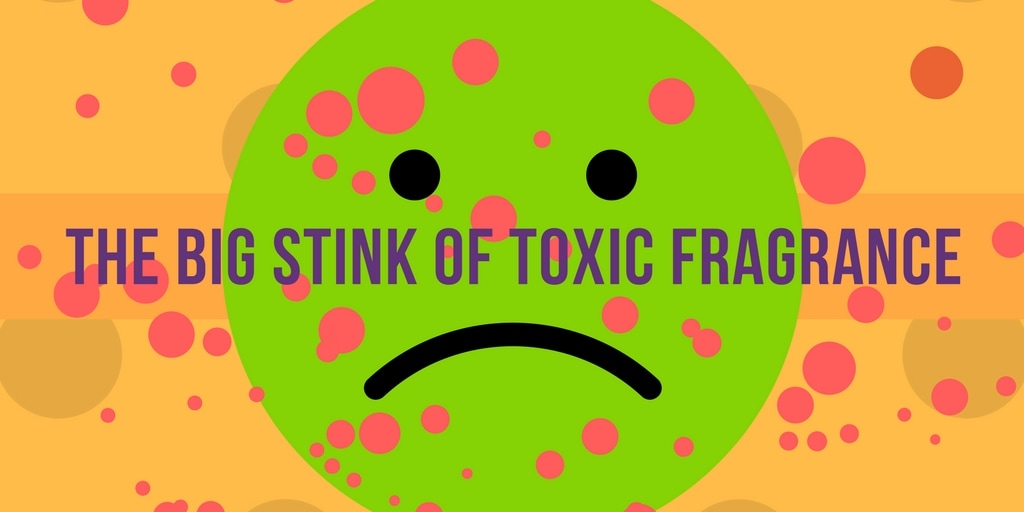
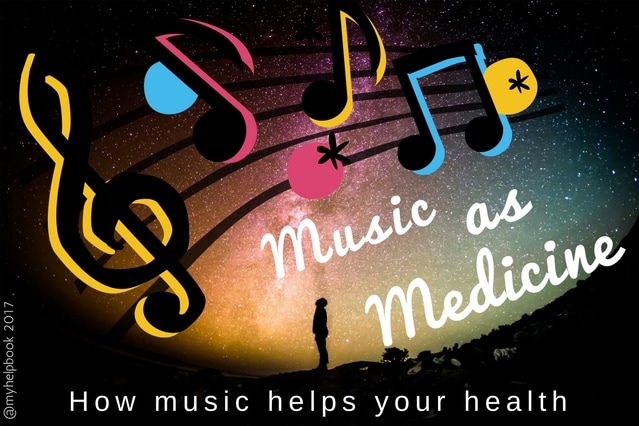


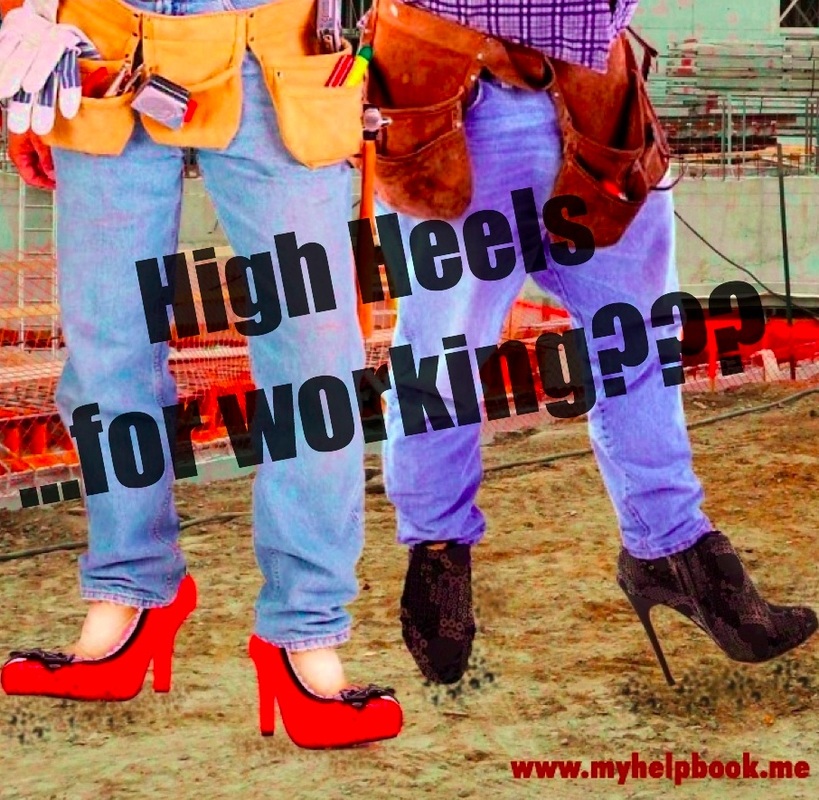
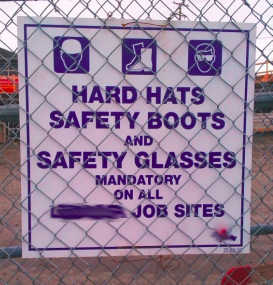
 RSS Feed
RSS Feed